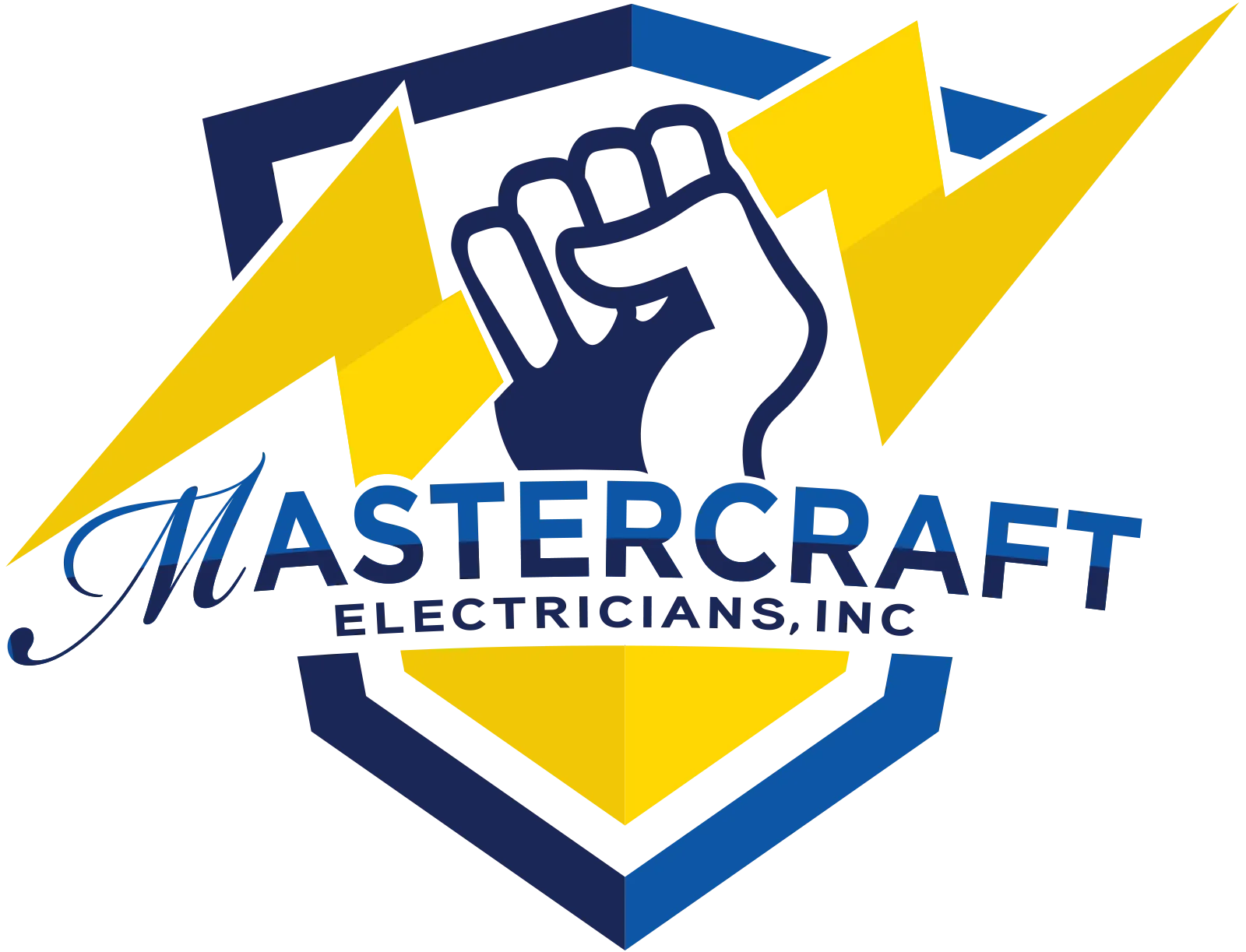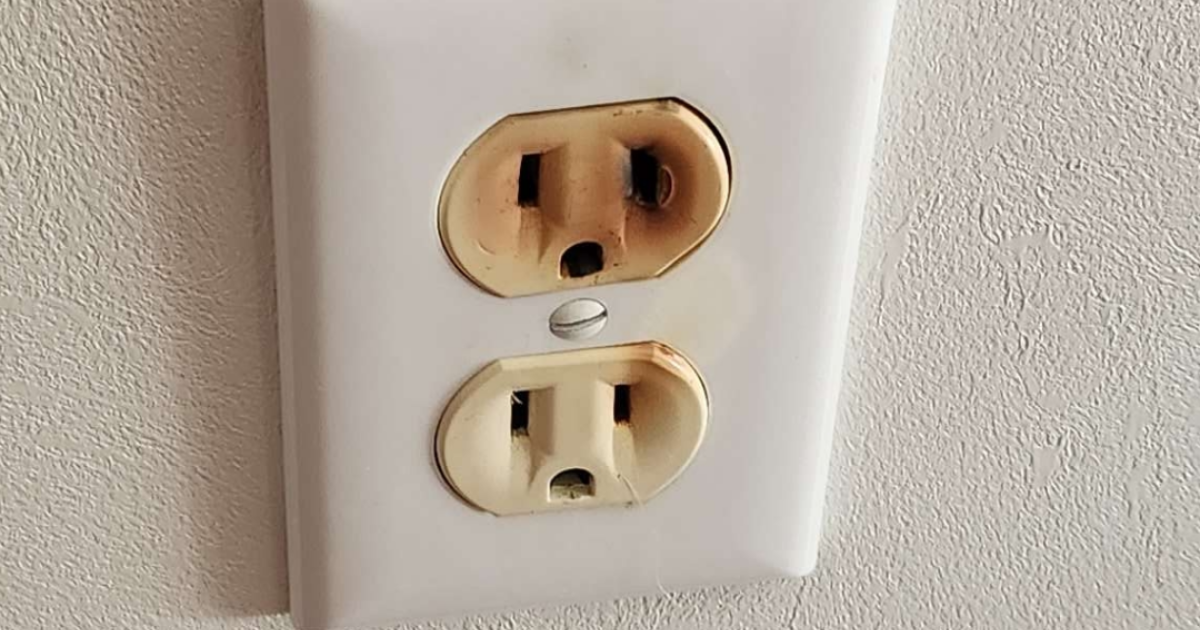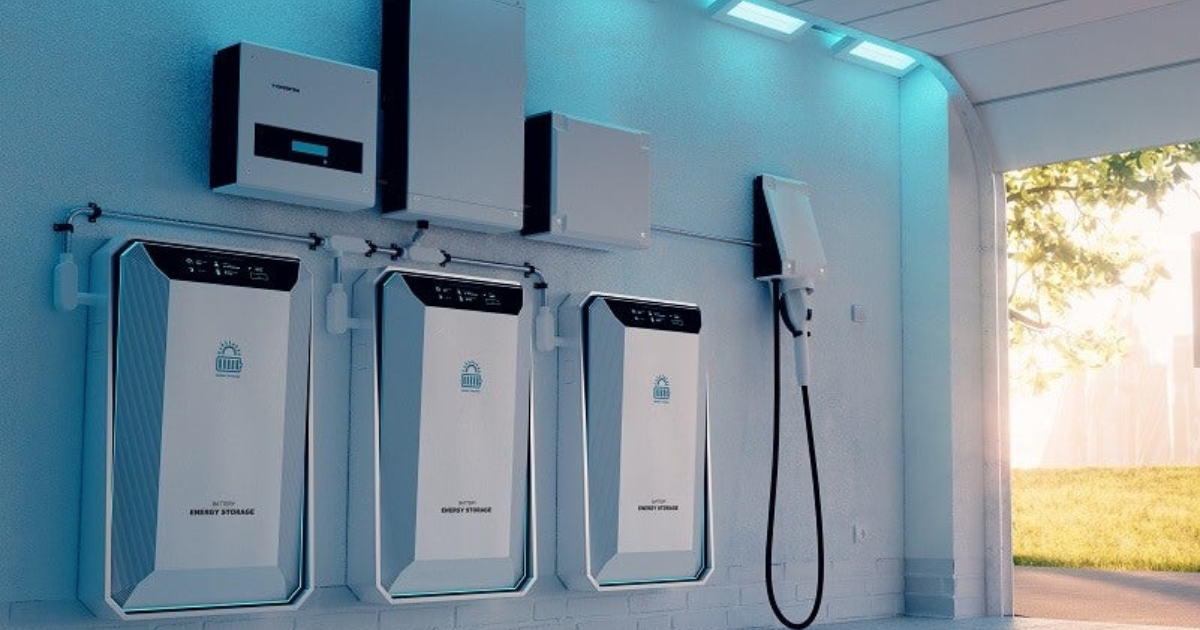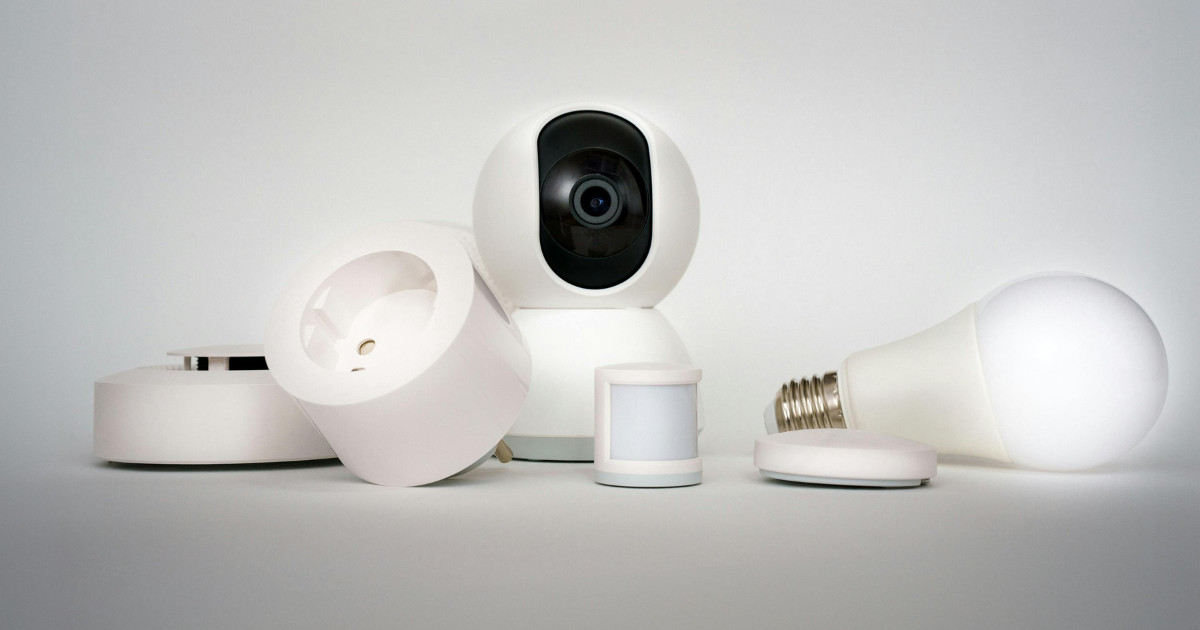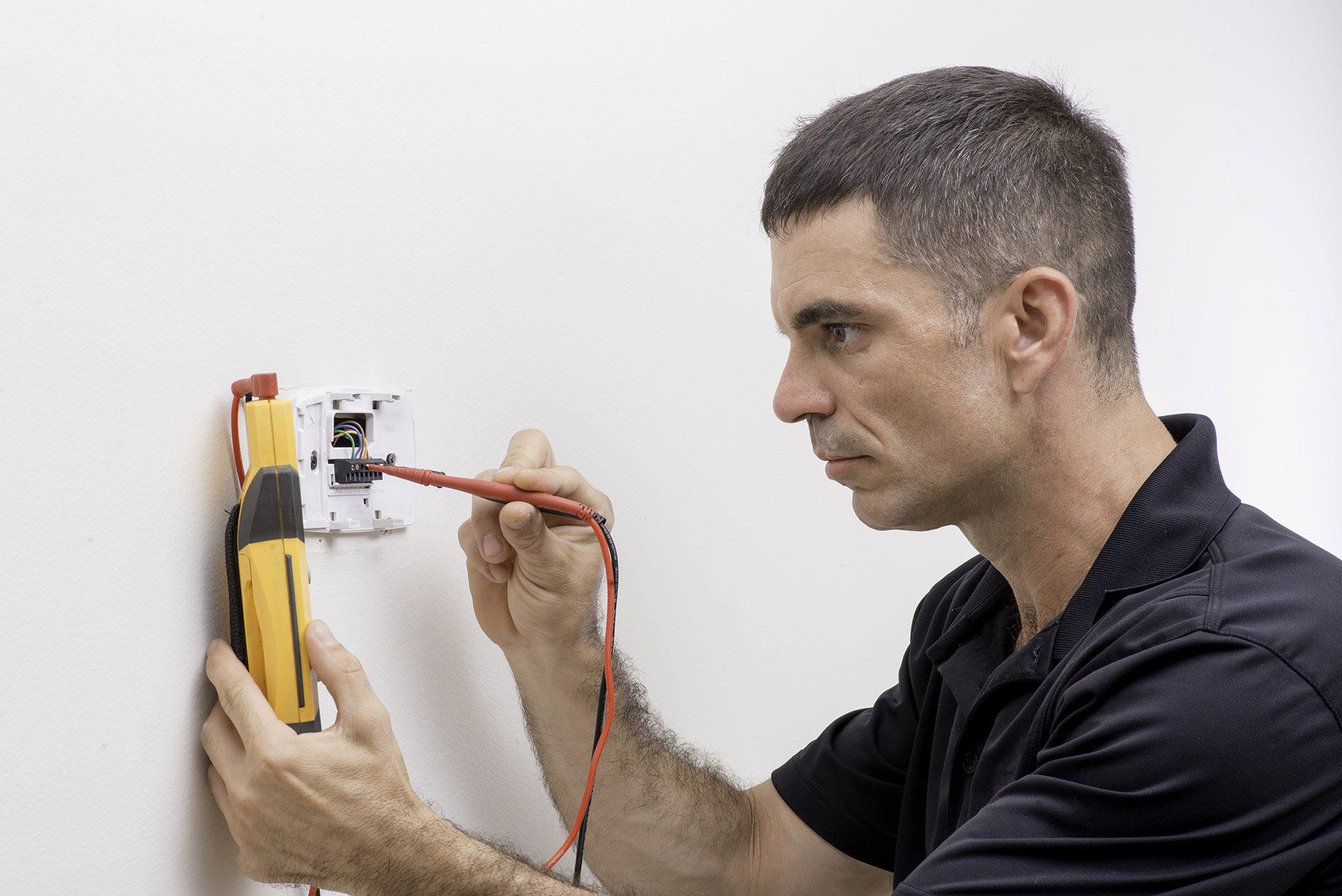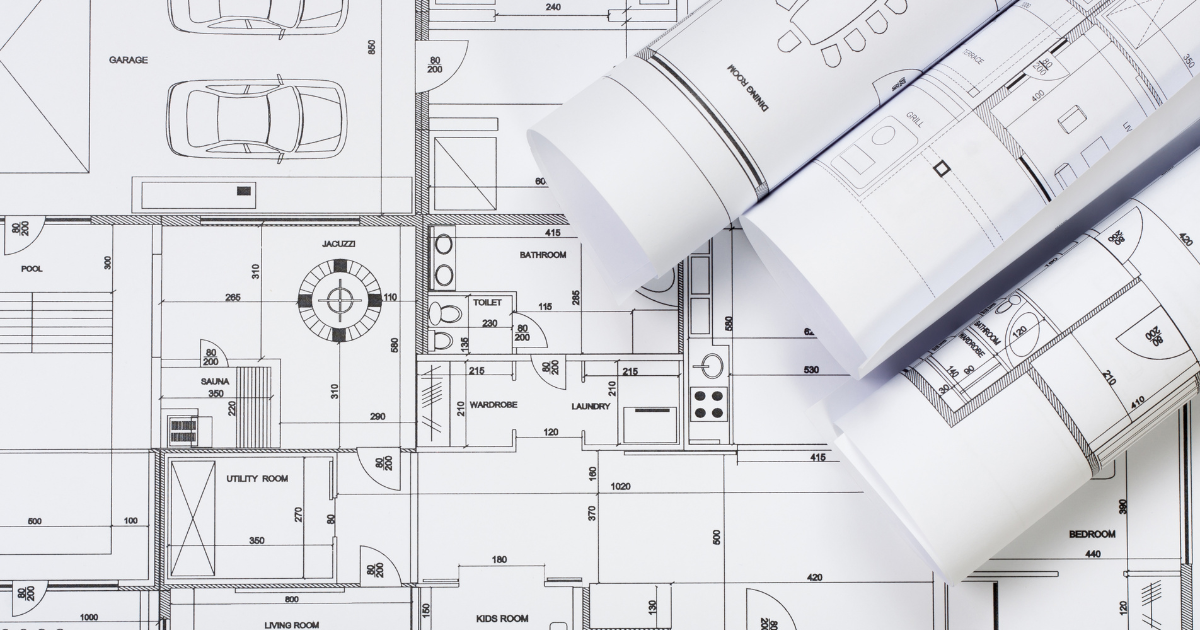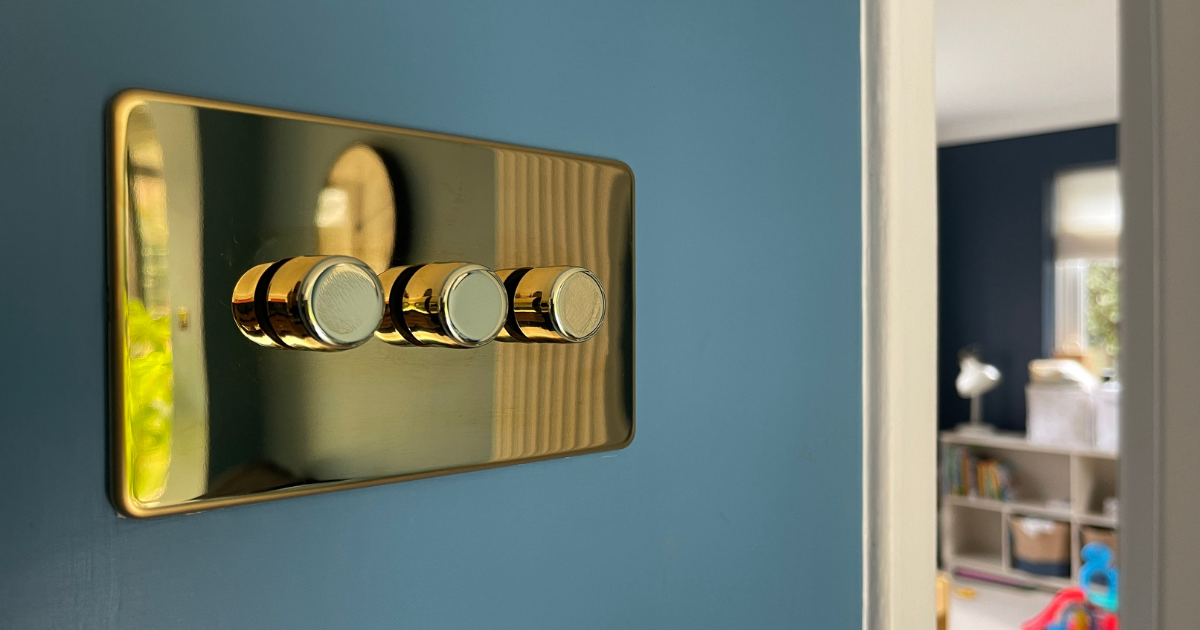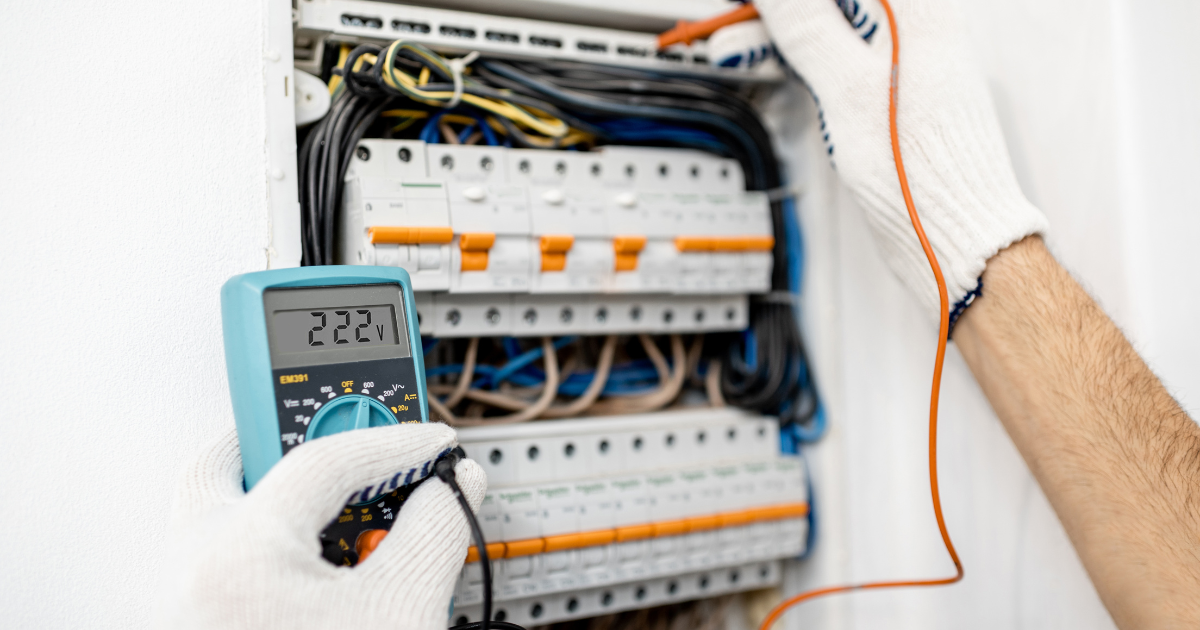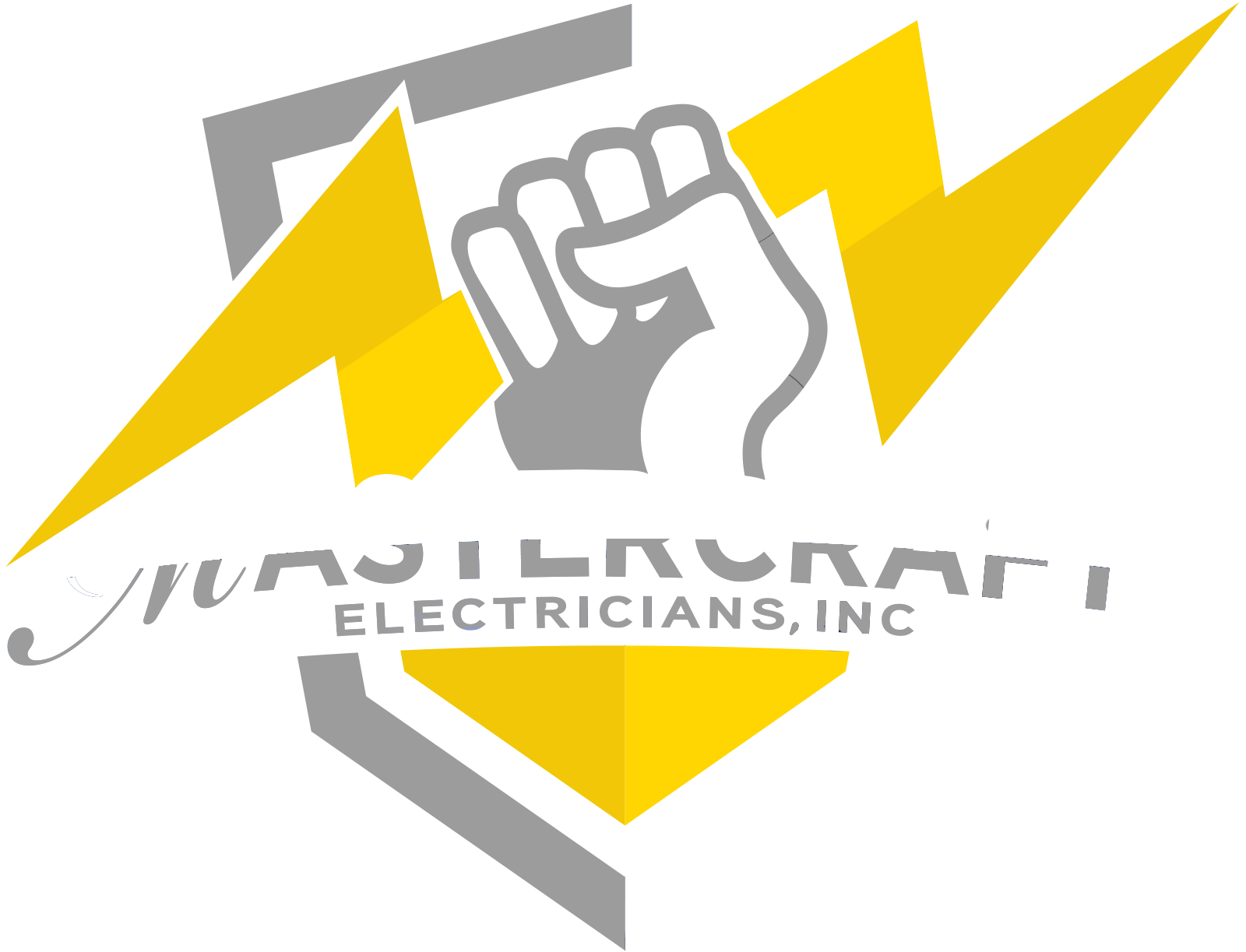Is Your Home EV Charger-Ready?
Electric vehicles (EVs) are no longer a trend—they’re the future. And here in Southern California, especially in cities like Carlsbad and Murrieta, EV ownership is booming. But while more people are making the switch, one question comes up again and again:
Is your home ready for an EV charger?
For most EV owners, the answer involves more than just plugging in. Installing a home charger and
updating your electricals requires some planning, a bit of know-how, and often the help of a licensed electrician. Let’s walk through what it takes to get your home EV-ready—and how MasterCraft Electricians can make it easy.
Why Home EV Charging Is a Smart Move
Public charging stations are popping up across Riverside and San Diego counties, but they’re not always convenient or reliable. Charging your EV at home offers major benefits:
- Convenience: Charge overnight in your garage or driveway while you sleep.
- Cost savings: Take advantage of off-peak electricity rates.
- Reliability: Avoid long waits at public charging stations.
- Resale value:
A home with EV charger readiness is more attractive to future buyers.
Considering the number of EVs on the road in Southern California, having a charger at home isn’t just nice—it’s becoming a necessity.
Understanding Level 1 vs. Level 2 Charging
Most electric vehicles come with a Level 1 charger, which plugs into a standard 120V outlet. This setup is slow—adding just 3 to 5 miles of range per hour of charging. It’s okay for occasional use but not ideal for daily driving.
A Level 2 charger, however, uses a 240V outlet and can add 25–30+ miles of range per hour. This is the type of charger most homeowners in Carlsbad and Murrieta choose. But here’s the catch: Not every home is automatically ready for Level 2 charging.
Is Your Home’s Electrical System Ready?
If your home is newer, you might already have the capacity for a Level 2 charger. But in many cases—especially in homes built before the 2000s—an upgrade is necessary.
Here’s what we assess when visiting homes in the area:
- Electrical Panel Capacity
Level 2 chargers typically require a dedicated 40–50 amp circuit. If your panel is 100 amps or already near capacity, it may need to be upgraded to 200 amps. - Breaker Space
Even with the right capacity, you’ll need an open circuit to add a new breaker for your charger. - Distance to the Charging Area
The cost and complexity of installation may increase depending on how far your garage or driveway is from the main panel. - Wiring and Safety
Older wiring or aluminum wiring may not meet safety standards for high-voltage charging. We ensure everything is safe and code-compliant.

Permits & Inspections: What to Expect
Carlsbad and Murrieta both require permits for EV charger installations. It’s essential for:
- Ensuring safety and code compliance
- Maintaining your home’s insurance coverage
- Passing resale inspections
At MasterCraft Electricians, we can advise on permitting and coordinate an inspection for you, so you don’t have to worry about the paperwork.
How Much Does It Cost?
Installation costs vary based on your home’s setup, panel condition, and distance from the electrical panel to the charger location. On average, Southern California homeowners spend between $1,200 and $2,500 for a complete install.
The good news? You can reduce that cost with:
- Federal Tax Credits: Up to 30% back for charger and installation.
- California Rebates: Programs like Clean Vehicle Rebate Project (CVRP) may offer local incentives.
- Utility Rebates: Check with SDG&E or Southern California Edison for regional offers.
Why Choose MasterCraft Electricians?
We’ve been proudly serving Carlsbad, Murrieta, and surrounding communities for years. Our licensed electricians are:
- Experts in EV charger installation
- Fully insured and bonded
- Familiar with all local codes and permit requirements
- Friendly, fast, and clean—we treat your home like our own
We’ve helped hundreds of homeowners get EV-ready with fast, affordable installations. And we’ll walk you through the entire process—from inspection to final charge-up.
Ready to Plug In?
Don’t wait until you’re stuck hunting for a public charger. Contact MasterCraft Electricians today for a free consultation, and we’ll help make sure your home is EV-ready—safely, quickly, and affordably.

